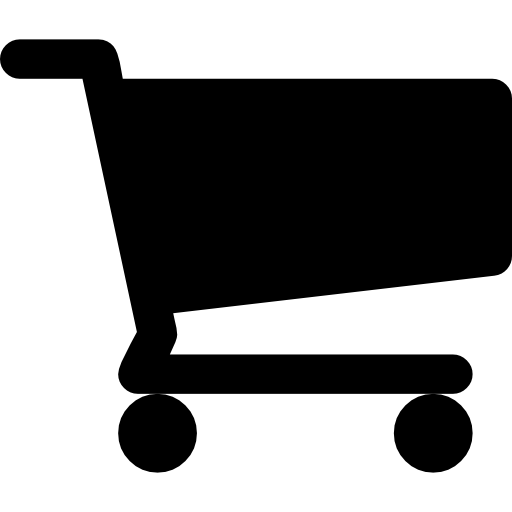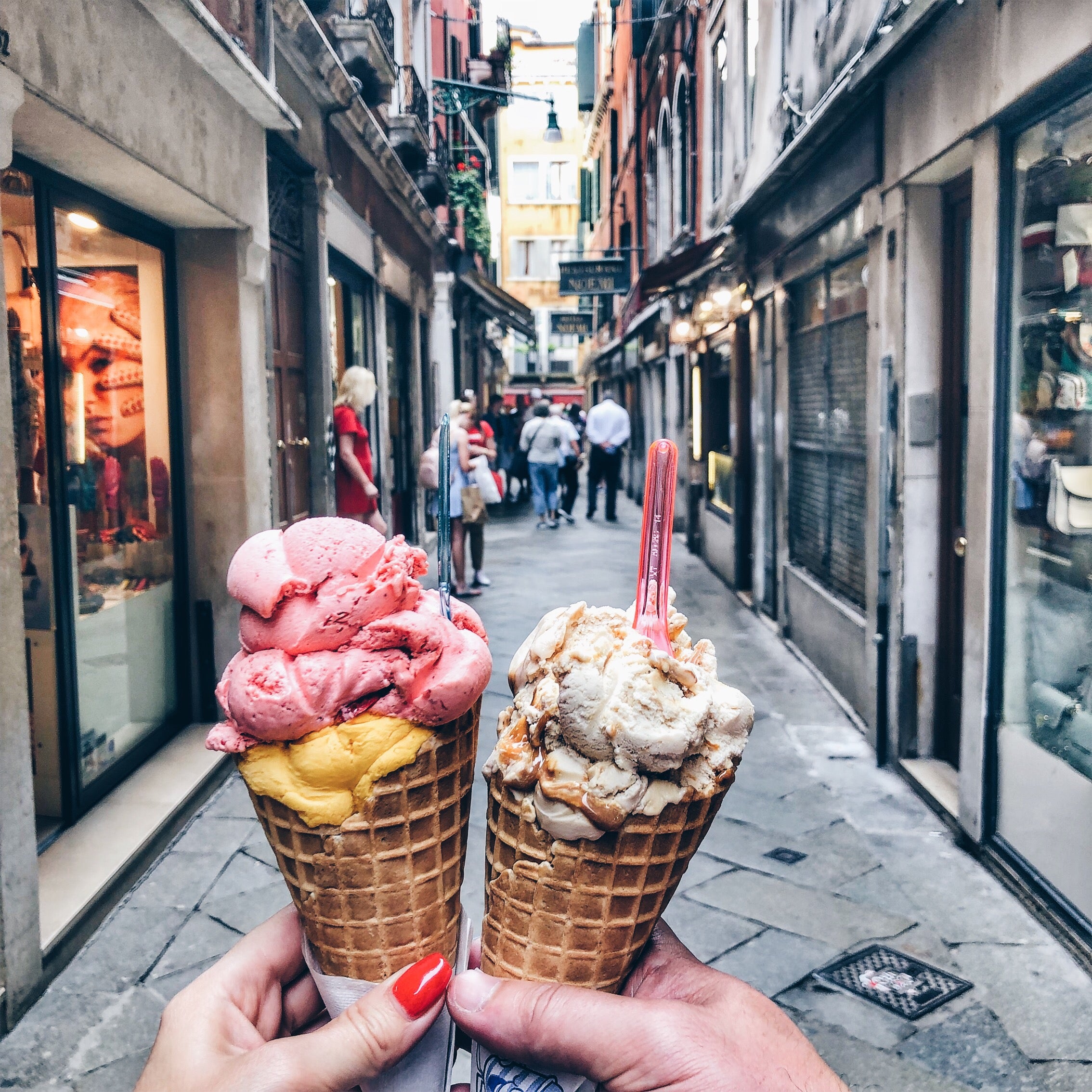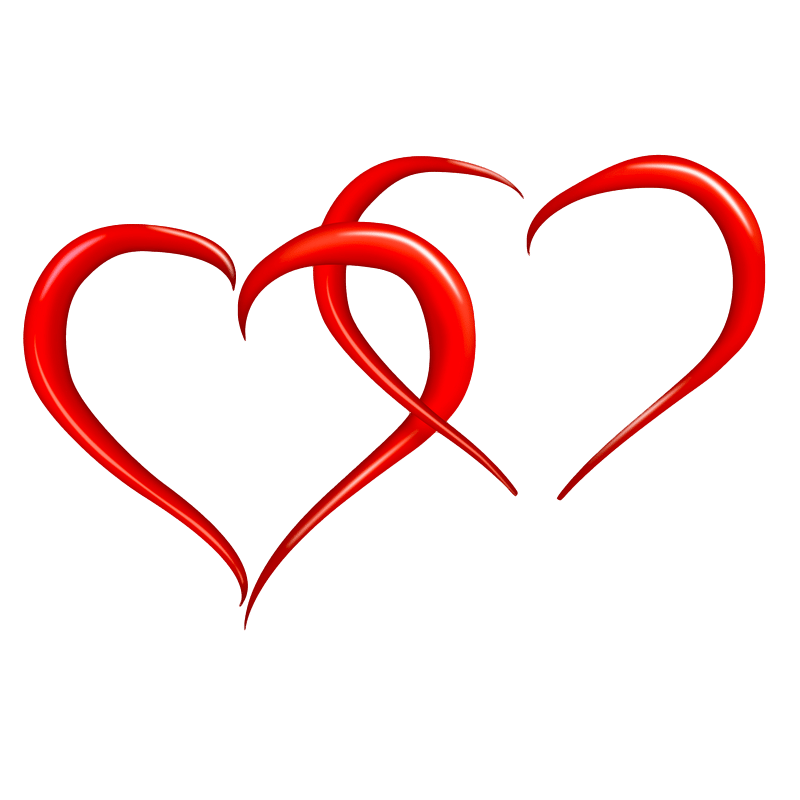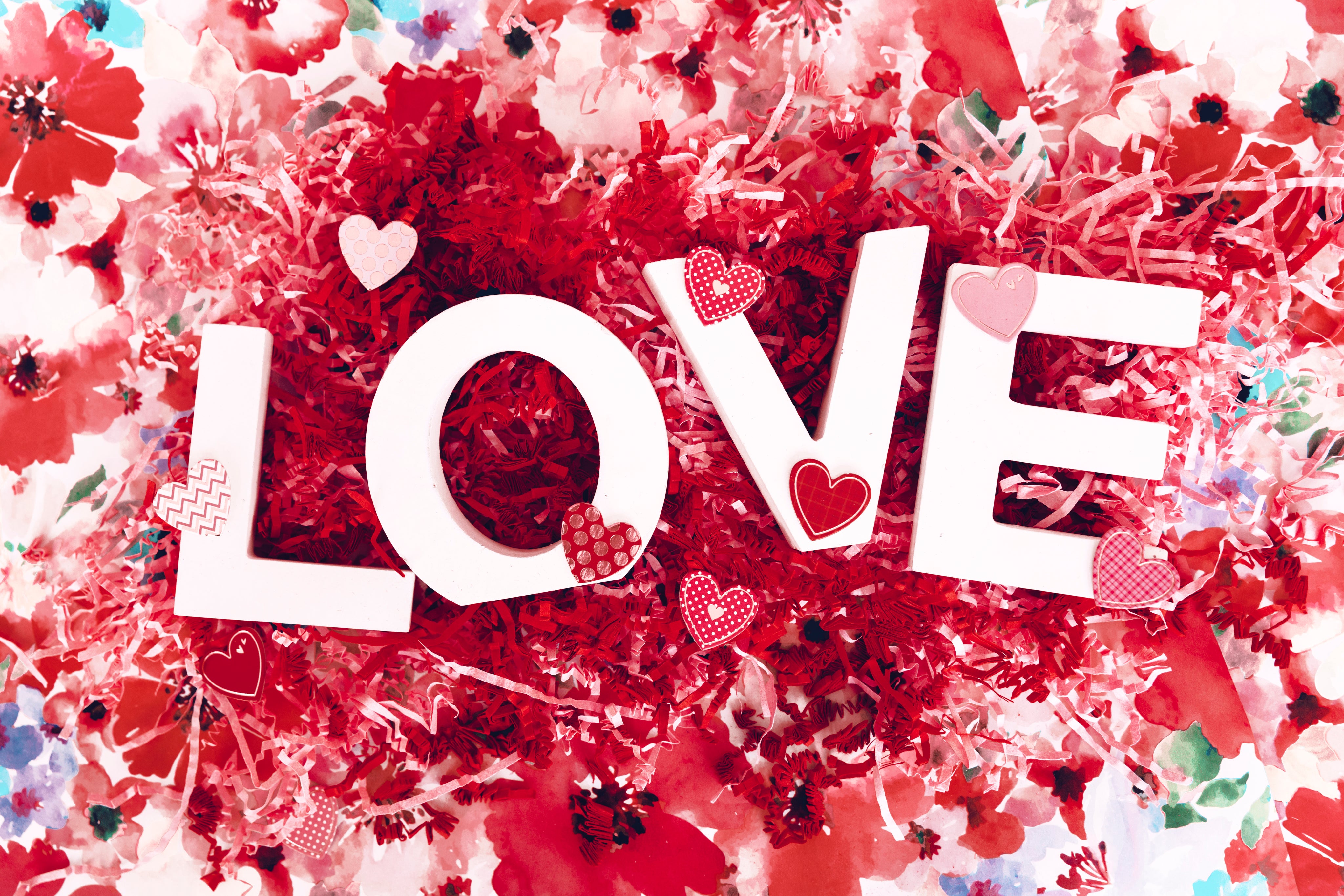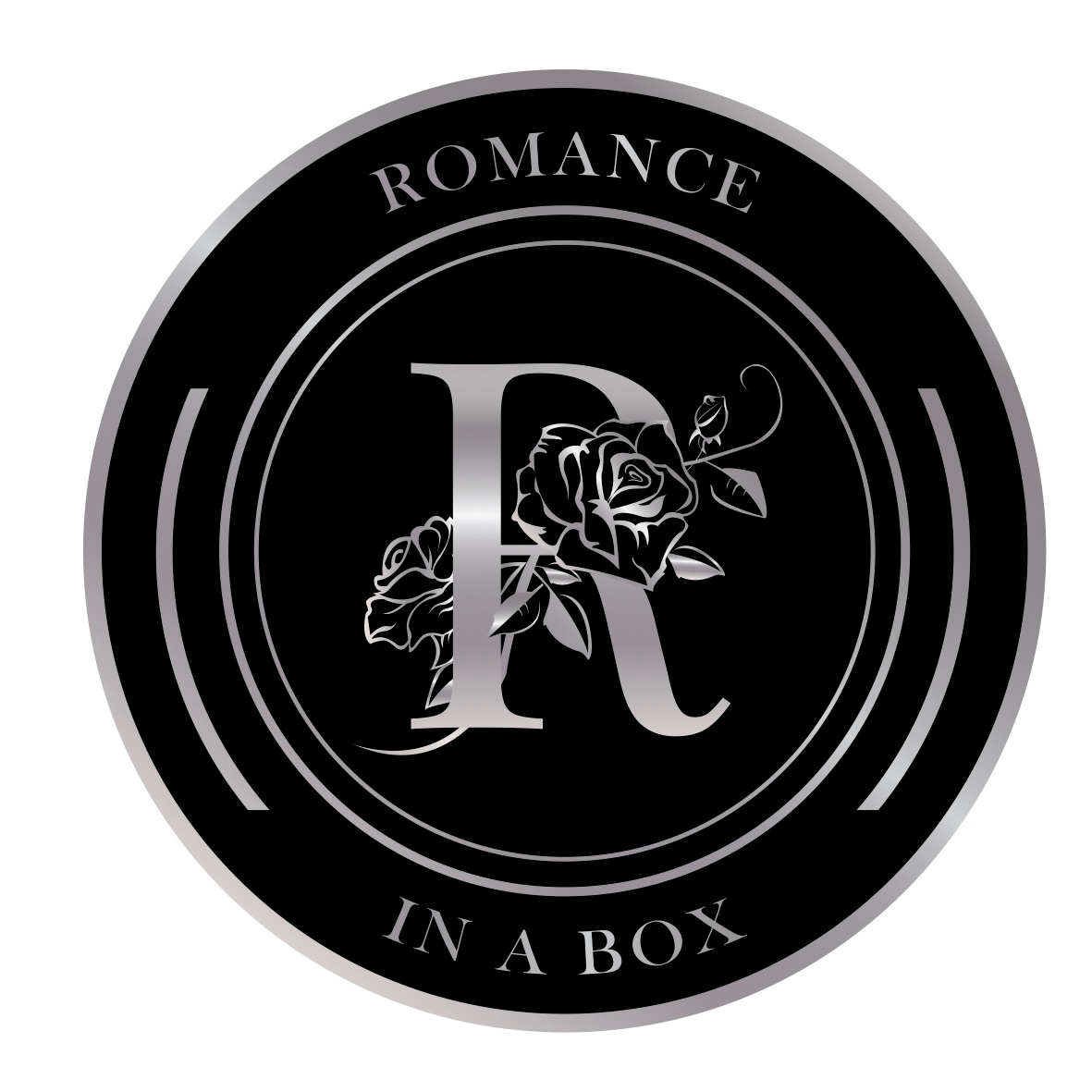Celebrating any special occasion with a glass of champagne is a tradition that spans the world. There is something transcendent about watching thousands of iridescent bubbles rise to the top of the flute gasping for their last breath of air.
But did you know that all the bubbly called champagne comes from one region in France bearing the same name?
The small geographical area just 100 miles to the east of Paris is where the behemoth champagne houses produce approximately 300 million bottles of champagne each year and distribute them around the world. Any other bubbly made from grapes not grown in this region is prohibited from calling itself “champagne” - hence the mandatory “sparkling wine” designation on all non-French bottles.
All the famous champagne names you had heard before such as Dom Pérignon, Moët et Chandon, Veuve Clicquot, Taittinger et al. originated in Champagne and until this day care for their vineyards, ferment their wine turning it into bubbly and age their bottles here in the miles-long underground caves.
France has been a producer of excellent wine since the Middle Ages. It’s soil and climate provide great conditions for growing all types of grapes. Champagne region’s proximity to Paris allowed the local grape growers to secure royal patronage and supply a variety of wines for the royal court’s consumption. Unfortunately, at one point the locally-grown red grapes that were used to produce red pinot noir lost the competition to the excellent red wine grapes from the region of Burgundy so Champagne growers had to drop out of the race, focus their attention on growing superior white grapes and produce the best white wine at first, and, later, the bubbly.

Fun Fact: for most of his life, King Louis XIV would drink only champagne with the support of his royal doctor who advocated the Sun King consume the bubbly with every meal for the benefit of his health. As the King aged and his ailments increased, competing doctors would propose alternative treatments with alternative wines to try to soothe the King's ills. A new doctor decided to blame the champagne for the King’s health problems and switched Louis to another liquid diet, this time of Burgundy wine. This shift in the royal diet preference almost caused civil war in France with Burgundy wines taking front stage and Champagne wine growers left without a profitable trade.
So how and when did French white wine turn into champagne with its signature bubbles?
The famous legend (and the version most definitely preferred by House of Dom Pérignon) has it that when a Benedictine monk Dom Pérignon was making wine back in 1693 and couldn't get rid it of bubbles, he tasted his accidental creation and exclaimed, “Come quickly! I am drinking the stars!” Well, turns out this version is just a legend. Pérignon was not the first to discover the champagne making process. The oldest recorded sparkling wine is called Blanquette de Limoux: around 1531 Benedictine monks in southern France near Carcassonne achieved the bubbly effect by bottling the wine before the initial fermentation had ended. Then, over a century later, and six years before Dom Pérignon set foot in the Abbey of Hautvillers, an English scientist and physician Christopher Merret documented the addition of sugar to a finished wine to create a second fermentation.

Making champagne is a complex and arduous process. The grapes have to be grown a certain way: vineyards cannot be artificially irrigated and the grapes have to be hand-picked at harvest time. Post-collection, the grapes are pressed in a pressoir coquart. This contraption’s unique feature is a shallow base that allows only a thin layer of grapes to be pressed. As a result, the juice does not come into significant contact with the skins and no color is imparted. Once extracted, the grape juice undergoes its first fermentation in giant tanks where it turns into acidic wine. What defines real champagne is the unique second fermentation process: once the acidic wine is blended with other wines, sometimes combining as many as 70 different base wines or vintages, it is combined with the liqueur de triage: a mixture of wine, sugar and yeast. The blended mixture is bottled and topped with a crown cap. The bottles are then aged sur latte – stacked on their sides between thin layers of wood.

Unlike wine, champagne does not age well. The yeast used in the fermentation process is moody and unless tightly controlled, and sometimes despite being tightly controlled, natural processes can result in a very bad tasting champagne experience. That is why most champagnes that are sold are only two to three years old.
Champagne ages in so-called caves - a series of underground tunnels originally dug by the Romans in the area around 80 A.D. with the purpose of mining salt and chalk. The caves were appropriated and expanded by the champagne houses and nowadays can double as underground cities: for example, the caves under House of Veuve Clicquot around Reims are approximately 15 miles long. The caves’ chilly temperature, low humidity and protection from sunlight provide perfect conditions for storage of fermenting champagne. Miles and miles of stacked bottles await their turn to be extracted from the dimly lit caves, labeled and shipped out to be popped open and enjoyed.









